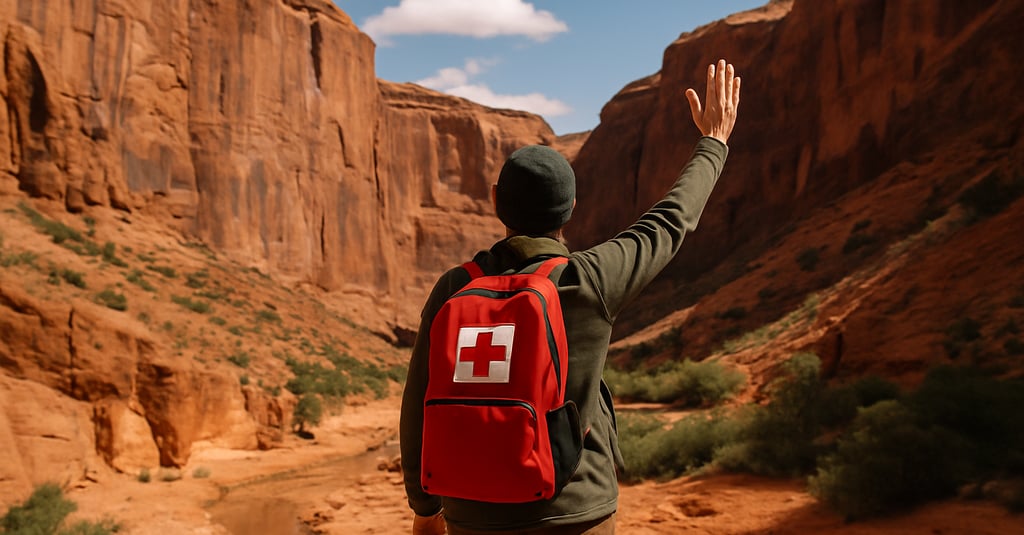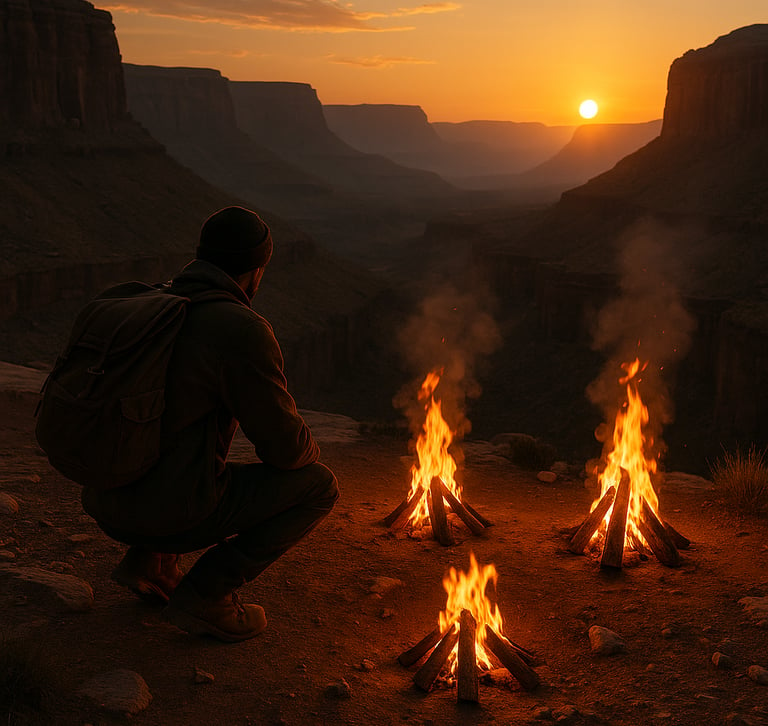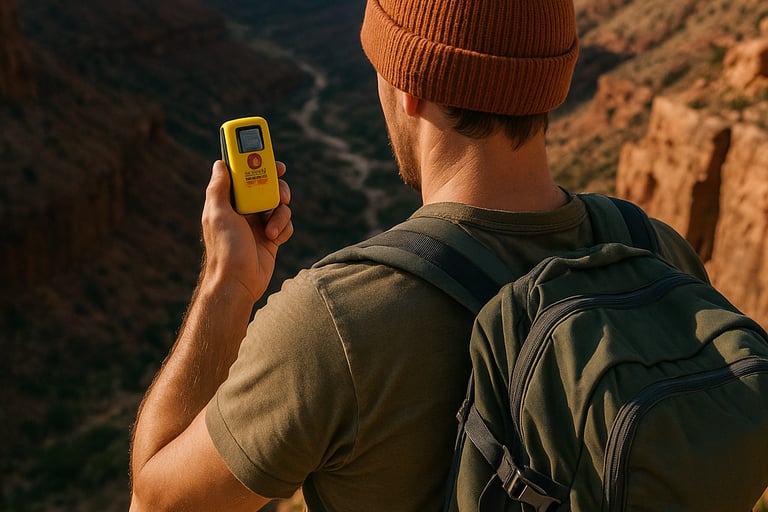Communication in the Wild: How to Signal for Help
Learn essential survival signaling techniques for the wilderness. Discover how to use visual, auditory, and tech-based signals to call for help and boost your chances of rescue.


Communication in the Wild: How to Signal for Help
When you’re deep in the wilderness, far from roads or cell towers, knowing how to call for help can make the difference between rescue and serious danger. Whether you’re lost, injured, or simply unable to continue, being able to signal for help is a critical wilderness survival skill that every adventurer should understand.
Let’s break it down in a practical, easy-to-follow way so you can feel confident the next time you head out to explore.
Why Signaling for Help Matters
Out in the wild, your voice can only travel so far. And if you’re not on a popular trail, it could be hours—or even days—before another person stumbles upon you. That’s where signaling techniques come in. They help you stand out in a massive natural landscape and increase your chances of being found sooner rather than later.
Visual Signals: Making Yourself Seen
Visibility is key when it comes to getting noticed. One of the simplest ways to do this is with bright colors, such as a jacket or tarp. You can also arrange rocks, sticks, or logs into large shapes like Xs or SOS on open ground. The idea is to create contrast that stands out from the environment and can be seen from high above. The larger the signal the better.
Fire is another powerful visual signal. Three fires in a triangle is an international distress symbol. If it’s safe to do so, building a signal fire (and keeping extra green branches on hand for smoke) can make a huge difference.
Auditory Signals: Making Yourself Heard
When visibility is poor, or you’re in dense forest or deep valleys, sound can be more effective than sight. A whistle is one of the best tools you can carry for this. It doesn’t require much energy or space, and the sound carries much farther than a shout.
Use a pattern of three loud blasts as a universal distress signal. Wait a minute or two and repeat. It may seem simple, but it can get rescuers' attention in a big way.
Survival Tech: Using Personal Locator Beacons
In today’s advanced technological world, there are compact and affordable tools that can send a signal even from the most remote places. Personal Locator Beacons (PLBs) and satellite messengers can send an emergency signal with your exact GPS coordinates to a monitoring service.
These devices use satellite and don’t rely on cell service, which makes them perfect for backcountry trips. Make sure to register them before your trip and keep them somewhere easily accessible, not buried in your pack.
Improvised Signals: Use What You Have
If you didn’t bring special tools, don’t worry. Many everyday items can help you signal for help. A mirror or any reflective surface can flash sunlight toward rescuers or aircraft. A bright bandana can be tied to a branch and waved, or hung from a high spot.
You can also use the terrain itself. Stomp large footprints into snow or sand that spell out SOS or HELP. These can be visible from the air. And if you're not or won't be by the signal, also make prints of an arrow in the direction rescuers could find you. Last thing you want is rescue to arrive and you're nowhere to be find. Leave a clue as to which direction you went.
Morse Code: Simple and Effective
Don’t worry, you don’t need to memorize the whole Morse code alphabet. But it helps to know that three short signals, three long signals, and three short again ( ... --- ... ) is the international Morse code for SOS.
You can use this pattern with a flashlight, a whistle, banging rocks, tapping on a metal pot or anything else loud enough you can think of. It’s just another tool in your kit when things go sideways.
Combine Sight and Sound for Best Results
Using both visual and auditory signals together gives you a better chance of being noticed. For example, you could wave a bright flag while blowing your whistle, or light a signal fire while flashing a mirror. Layering your signals makes them harder to miss.
Final Thoughts
Being able to call for help in the wild is something you hope you never have to do—but if you do, you’ll be grateful you learned how. Practice some of these techniques ahead of your trip, and always bring basic signaling tools like a whistle and a bright-colored item.
Remember: being seen or heard could be what brings help your way, fast.




© 2025. All rights reserved About | Privacy Policy | Terms and Conditions | Affiliate Disclosure | Disclaimer


